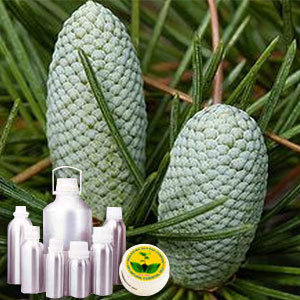Botonical Name | : | Cedrus atlantica | |
CAS # | : | 8000-27-9 | |
Country of Origin | : | India | |
Color & Odor | : | Yellowish to Orange with a very distinctive warm, woody aroma. | |
Solubility | : | Insoluble in water, soluble in alcohol and oils | |
Specific Gravity | : | 0.9390 – 0.9650 @ 25°C | |
Optical Rotation | : | +30 – +48 @ 20°C | |
Refractive Index | : | 1.500 – 1.510 @ 20°C | |
Flash Point | : | >93° C | |
Major Constituents | : | Cedrol, Thujopsenene Himachalene | |
Plant Part Used | : | Wood | |
Extraction Method | : | Steam Distillation |
DESCRIPTION:
With having maximum 7 meter height, Cedarwood tree is the source of Cedarwood Oil. This high mountain evergreen tree has asymmetrical stem and hard bluish green or blue needles. CONSTITUENTS:
The extracted oil of this alpine tree contains elements like Himachalene, Thujopsenene and Cedrol. AROMATIC SUMMARY / NOTE / STRENGTH OF AROMA:
The middle note pungent smell of this oil is more soothing than the aroma of Virginian Cedarwood. Its sweet fragrance has similarity with the smell of balsam and wood extracted essential oils. BLENDS WITH:
Cedarwood Essential Oil can be mixed with essential oils of citrus oils like grapefruit oil, herbal oils having floral aroma, clary sage, juniper berry and bergamot oil. COMMON NAMES:
Cedarwood Oil is commonly referred as cedarwood oil and cedar oil. USES:
Cedarwood Oil acts as an excellent remedy for bronchitis, cellulite reduction and acne. It acts as an effective insect repellent. 


































